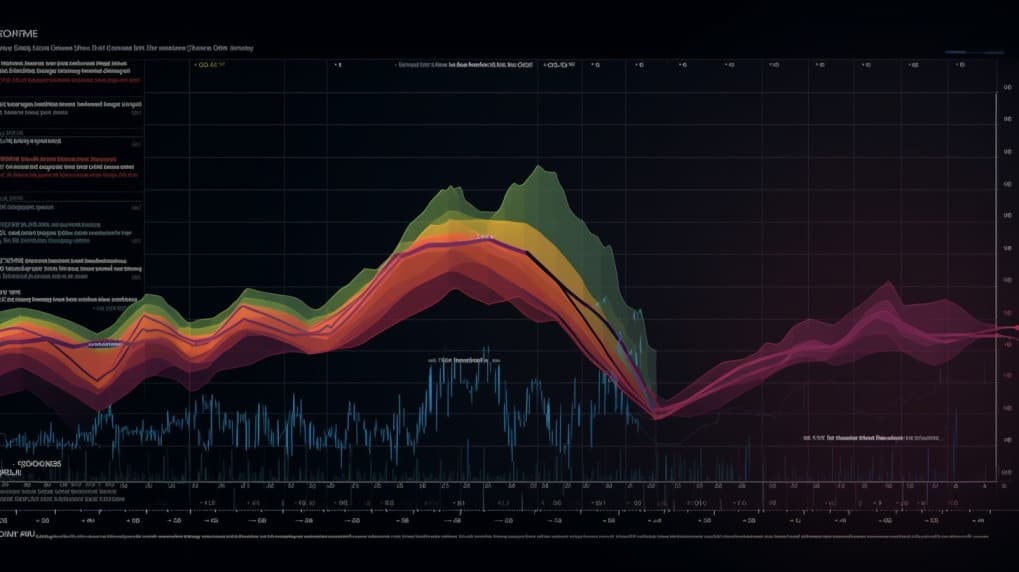
VUG VS VWO: A Comprehensive Comparison of ETFs
Exchange-Traded Funds (ETFs) have transformed the investment landscape, providing investors with a diversified way to access various sectors and asset classes. In this article, we will conduct a thorough comparison between two prominent ETFs: VUG (Vanguard Growth ETF) and VWO (Vanguard FTSE Emerging Markets ETF). We'll explore essential aspects such as ETF tickers, full names, issuers, sectors, top holdings, capitalization, investment strategy, tracking methods, and exposure.
VUG VS VWO: Overview
VUG and VWO are two ETFs that offer distinct investment strategies within different market segments. VUG aims to capture growth by investing in U.S. companies with strong earnings potential, while VWO focuses on emerging market equities. This divergence in focus leads to varying risk profiles and potential returns, which we will delve into in the subsequent sections.
VUG VS VWO: Sectors and Top Holdings
The VUG ETF centers its portfolio on growth-oriented U.S. sectors, including technology, healthcare, and consumer discretionary. Its top holdings often feature large-cap tech giants like Apple, Microsoft, and Amazon. In contrast, VWO's emphasis is on companies from emerging markets, offering exposure to sectors such as financials, technology, and consumer goods. Top holdings in VWO might include corporations from countries like China, Taiwan, and India. Recognizing the sectors and top holdings can aid investors in choosing an ETF that aligns with their investment objectives and risk appetite.
 VUG overlap VUG VS VWO: A Comprehensive Comparison of ETFs
VUG overlap VUG VS VWO: A Comprehensive Comparison of ETFs
VUG VS VWO: Capitalization and Investment Strategy
VUG boasts a substantial asset under management (AUM), indicative of its popularity among investors seeking growth opportunities within the U.S. market. VWO's strategy revolves around gaining from the potential of emerging market equities. The contrast in capitalization and investment approach between the two ETFs creates different possibilities for returns and risk exposure, necessitating thoughtful consideration from investors.
VUG VS VWO: Tracking Methods and Exposure
The VUG ETF seeks to mirror the performance of the CRSP US Large Cap Growth Index. It achieves this by investing in growth-oriented U.S. stocks, capturing their potential for increased earnings. On the other hand, VWO aims to track the FTSE Emerging Markets All Cap China A Inclusion Index, offering exposure to companies from emerging markets, including China's domestically listed stocks. Understanding the dissimilar tracking methods and exposure strategies aids investors in selecting the ETF that aligns with their investment objectives.
Conclusion
VUG and VWO are distinctive ETFs, each catering to a specific investment approach within their respective market segments. For those desiring more in-depth insights into holdings, correlations, overlaps, and other key metrics, ETF Insider serves as an invaluable resource. With its user-friendly application, it provides a wealth of information about these ETFs and other financial instruments.
Disclaimer: This article does not offer any investment advisory services.
Sources:
VUG ETF issuer
VUG ETF official page
VUG quote and analysis
Discover the top holdings, correlations, and overlaps of ETFs using our visualization tool.
Our app allows you to build and track your portfolio.
To learn more about the VUG Vanguard Growth ETF, access our dedicated page now.